The cheap SUP -Stand Up Paddle Board Construction
You may think the new cheap SUP board you purchased from a warehouse on the mainland looks the goods but it is what is inside that makes the difference.
With the vast number of paddle boards that have been on the water this summer it is no surprise that quite a lot have come in for repairs.
Last week we had a cheaper department store board from Anaconda- the fin box had collapsed and the Leg leash plug had sunk in. The board was full of water.
So is the cheap $800 paddle board better value than the starting price for a bigger name board of say $1350 upwards?
Well the answer is a big yes. First of all even if your cheap board does stay in one piece it will definitely not have the resale value of say a Naish, Adventure, Blue Planet etc. Mid range to top end gear has a lot more R&D, design and use. The cheaper boards areinferior pop outs , can be sluggish and poor performers.
Also Construction varies quite a bit from cheap to more expensive boards. Even though similar materials are used for production. If you buy cheap you generally are getting cheap, this is the same with any products. Generally the sub $1000 boards have poorer construction, lack of product testing and can be heavy- buyer beware! most likely Whats lying underneath is more than likely a cheap polyester foam wrapped with a thin wood veneer laminate. These sorts of boards will not withstand the vigors of normal use, let alone extended surf supping. These are the boards we have seen the inside of with repairs this summer- a lot of them a ruined beyond repair.
There are four methods of constuction,
- Carbon Fibre around $2000
- Wood sandwich construction around $2000
- AST construction around $1500
- pop out constuction $12-1300
It is best to talk to staff about the construction of various boards- Jay Sails has examples of all these in our showroom.
The common thing among all of these construction methods is that they all involve the use of an EPS (expanded polystyrene) foam. This is a closed-cell foam, think foam esky. The foam cells themselves are impervious to water, but if water gets into the spaces in between, you’re in trouble. So the foam is surrounded in a variety of methods.
The density of the foam core varies by manufacturer. The less dense the foam, the lighter the core, but the less durable the foam is. So to make a lower density foam core board as durable as a more dense foam core, the materials surrounding the core need to be stronger to compensate.
1-Wood Sandwich construction- These boards feature a foam core wrapped with fiberglass, a wood veneer and more fiberglass. The number of layers and weight and type of fiberglass used will also vary by manufacturer. More layers usually add durability, but also add weight. Most wood sandwich construction features north/south and east/west fiberglass mats to make it lighter, stiffer and less likely to break. There is typically PVC in the stance area to add strength and stiffness. And there is another “sandwich” of glass, wood veneer and glass on the top. The board is then finished. Some boards are painted, some are clear coated so you can still see the woodgrain of the veneer. The core is sandwiched on the top and bottom with much thinner sandwiches.
This is the most common type of stand up paddle board construction and can be found in a variety of price ranges depending on the quality and quantity of materials used.
All but the low-end sandwich boards are vacuum bagged. The “blank” (EPS core) serves as a mould. The wet composite (fiberglass and epoxy resin) is applied along with a fabric that won’t adhere well to epoxy (peel ply) backed by an adsorbent layer. A vacuum pump sucks out the air. Excess epoxy is pushed out through the peel ply into the adsorbent material. The result is a lamination free of voids, without excess epoxy (which would add weight) and with a higher strength to weight ratio.
2-AST construction is similar to wood sandwich. It also features an EPS foam core, a “sandwich” of fiberglass, wood, and fiberglass on the top and bottom and there is a wood veneer for compression resistance in the stance area. These boards do not contain any PVC. The fiberglass is unidirectional so it better resists small dings and cracks. These boards are usually more durable and lower priced. They typically have a matte finish. These do not have stringers, but often have extra glass in the area where stringers would go.
3-Carbon boards use carbon or a combination of carbon and fiberglass layers. The standing area is reinforced with PVC. Carbon is very strong, stiff and lightweight. These boards usually cost a substantial amount more than other boards. They are also easier to handle, and the reduced swing weight makes them easier to manoeuvre on a wave.
4-Pop out uses a mould that is injected with EPS foam. Then the foam blank is glassed with epoxy resin and fiberglass, often under high heat and or pressure creating a very durable shell on the board. The finish is usually even and plastic-like. These boards are lightweight and very durable. But shapes are much more limited. The cost of creating the moulds is significant so shapes do not change often.
All different constructions have their advantages.
buying the right board for you has many aspects, including the constuction.
Have fun on the water!







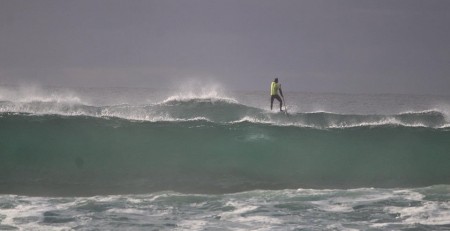
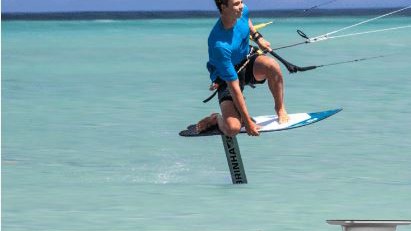
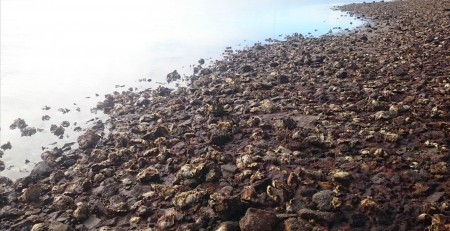
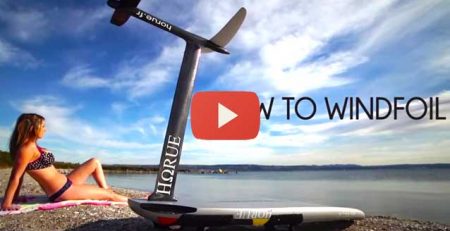

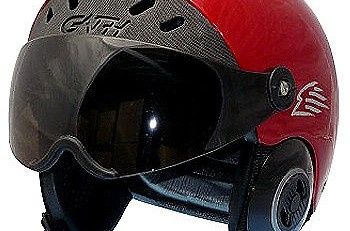

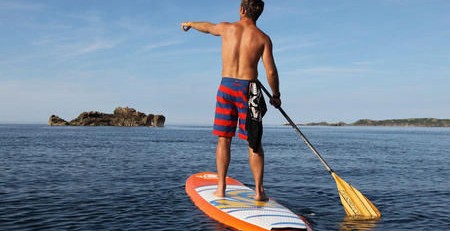
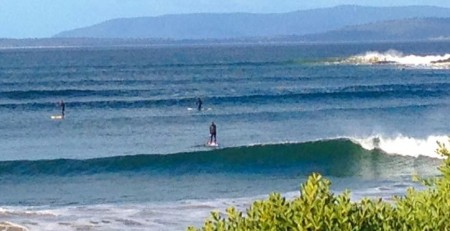
Leave a Reply